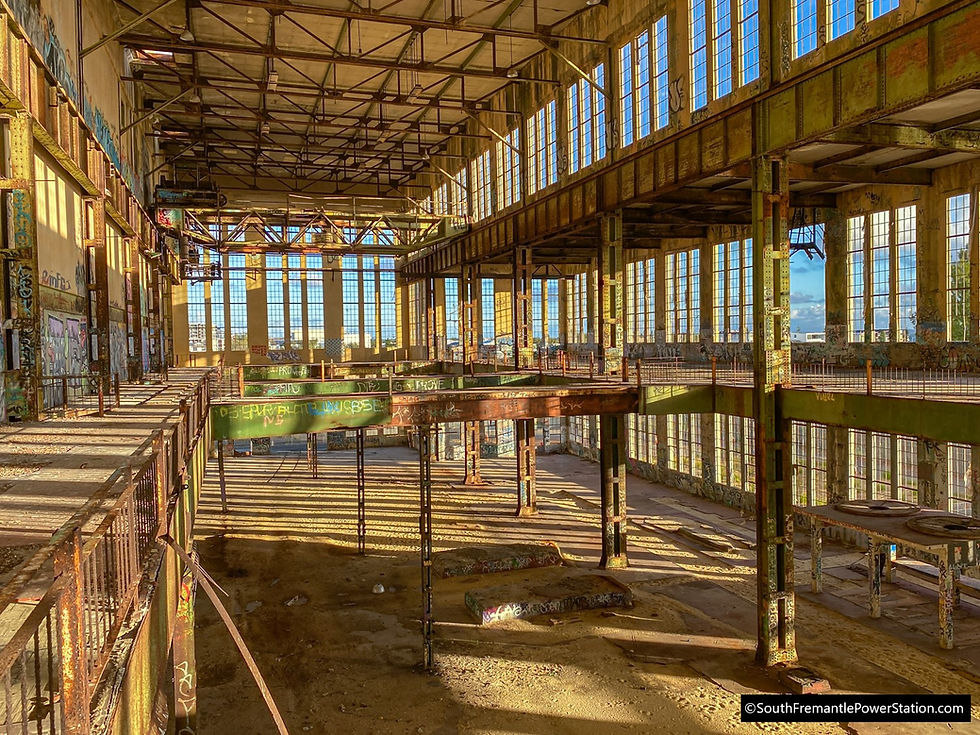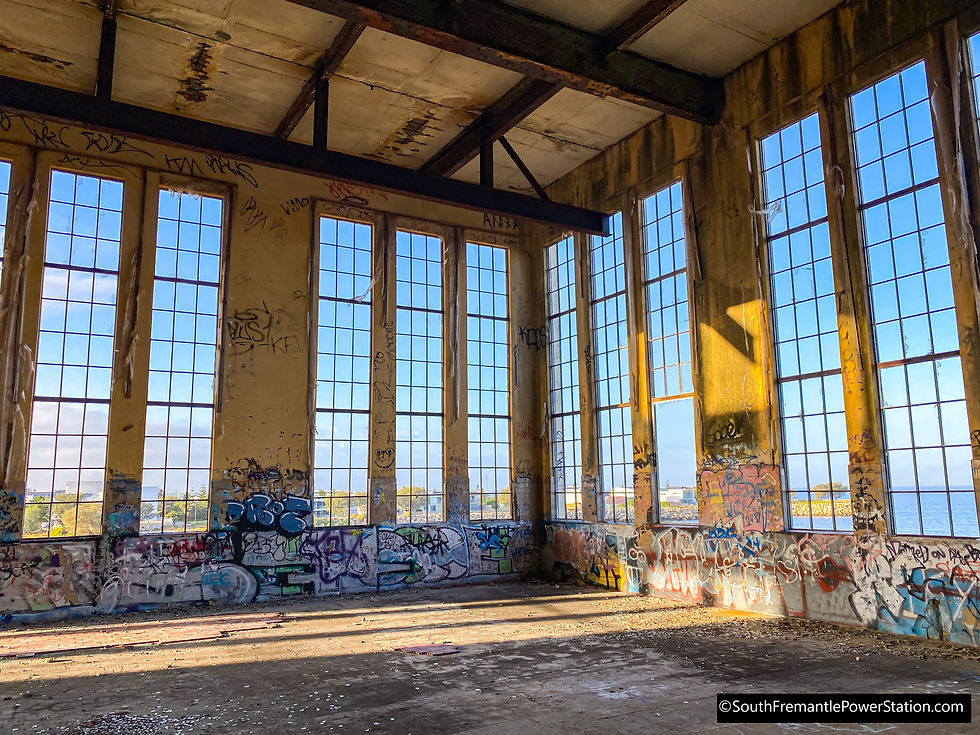PCB Contamination at the South Fremantle Power Station
- Delphine Jamet
- May 20, 2022
- 3 min read

I’ve been researching PCBs all morning and I’m starting to think that the level of seriousness, in terms of the concentrated levels (and the undiscovered/unresearched quantity of past employees suffering/suffered/died from cancer-causing exposure) is much higher than the community/public are being told.
Polychlorinated biphenyls (PCBs) are "highly carcinogenic chemical compounds, formerly used in industrial and consumer products, whose production was banned by United States federal law in 1978".
To what extent of workers, who were once employed at the South Fremantle power station, have since developed cancer or previously had?
Have many have since passed away as a result of losing their battles with cancer?
Does the true levels of PCB contamination at the power station match with what has been publicly disclosed, or at least, publicly available?
Did contamination levels from PCB (or from any other contaminant) contribute to why previous redevelopment plans never went ahead?
Or why the apparent proposed/approved demolition in 1997 was dismissed?
Could demolition of the power station cause a serious predicament with potential contamination issues within the local environment as well as with treatment and disposal methods?
Why haven’t SECWA/Synergy sold the power station any earlier?
Why have all the previously interested parties bailed out on committing to a purchase?

What are PCBs?
They are organic pale-yellow chlorine compounds with a thick and sticky liquid texture that repels water but dissolves easily in most organic solvents like fats and oils.
Being chemically stable, it doesn't evaporate easily, has very high thermal conductivity (transfers heat quickly) and high flash points of 170-380°C (reaching high temperatures without a risk of igniting).
They do not break down or degrade easily and mixtures don't change with acids, bases, oxidation, hydrolysis (the chemical breakdown of a compound due to a reaction with water) and temperature change.
PCBs easily penetrate skin, PVC and latex.
Uses for PCBs
They are used in:
coolants,
insulation fluids for transformers (a passive component that transfers electrical energy from one electrical circuit to another) and capacitors (a device that stores electrical energy in an electrical field)
ballasts
x-ray machines
hydraulic fluids
lubricating and cutting oils
carbonless copy paper
plasticizers in paints, coal tars and cements
stabilizing additives in PVC coatings for electrical cables and electronic components
pesticide extenders (making it stick to what it's sprayed on)
reactive flame retardants
sealants for caulking, adhesives and wood floor finishes
de-dusting agents
waterproofing compounds
casting agents,
pigments in inks for paper or plastic products

Exposure
"The effects on human health depend on the concentration of PCBs and the type and extent of exposure." Whilst an intake of PCBs can result from ingesting (particularly from food), inhalation and skin exposure to contaminated soil or dust, due to its tendency to persist in the environment with its ability to bind with sediments and soils for very long periods of time, "in open air environments the potential for vapour inhalation is considered limited" (SA Health).
Soil contamination can lead to contamination of groundwater, which can be revealed with suitable groundwater sampling and testing.
SA Health list the effects on human health as depending on:
the extent a person has been exposed to, particularly with the corresponding length of time
the dose or concentration of that exposure
the toxicity of the exposed PCB
method of exposure: inhalation, ingestion or penetrating the skin
any pre-existing illnesses and
the age of the person at risk

Signs and symptoms
The most common health effect experienced by a person with large exposures to PCB contamination tends to skin conditions, including acne and rashes. "In workers exposed to high levels of PCBs, tests have indicated liver damage."
Damage or abnormal changes to the tissue in your body
Liver damage
Gastro-intestinal discomfort
Cancer
Irregular menstrual changes
Impaired reproduction (although they are not known to cause birth defects)
Reduced immunity
Increased thyroid disorder
Fatigue
Headaches
Depression
Nose and lung irritation
Coughs
Unusual skin sores
Poor cognitive development, compromised immune system and motor control problems in children whose mother was exposed to PCB before or during pregnancy
An interference with the hormones in the body
Serious development problems including sexual, skeletal and mental development issues
Decreases in short-term memory
Behavioural alterations
As well as hydrocarbons, unquantifiable asbestos building products and some five types of metals have been previously recorded as high-contamination. Aka unsafe levels and potentially so dangerous, it’s no wonder none of the three previous development plans have gone ahead.
I wonder if this contributed in any way to why the South Fremantle power station’s proposed/approved 1997 demolition didn’t go ahead.

.png)
Bình luận